
Hello! Please read lower in this page for project logs, in the mean time here is my progress list:
- Propellant mixture testing (burn rate and repeatability) *COMPLETE*
- Casing and nozzle testing *COMPLETE*
- High Power motor static testing *COMPLETE*
- Basic rocket construction *COMPLETE*
- Basic electronics development *COMPLETE*
- Semi hemispherical 16 gore backup parachute construction *COMPLETE*
- Single skin steerable airfoil construction *COMPLETE*
- Drogue parachute construction *COMPLETE*
- Recovery static testing of ejection piston *COMPLETE*
- Test flight of rocket with just backup parachute, no steerable parachute *COMPLETE*
- Test flight with flight computer and live telemetry *COMPLETE*
- Advanced rocket construction (steerable parachute parts) *PARTIALLY COMPLETE*
- Autonomous guidance test with RC car
- Attempt parafoil deployment with RC guidance
- Rocket launch with GPS guided recovery.
 J. M. Hopkins
J. M. Hopkins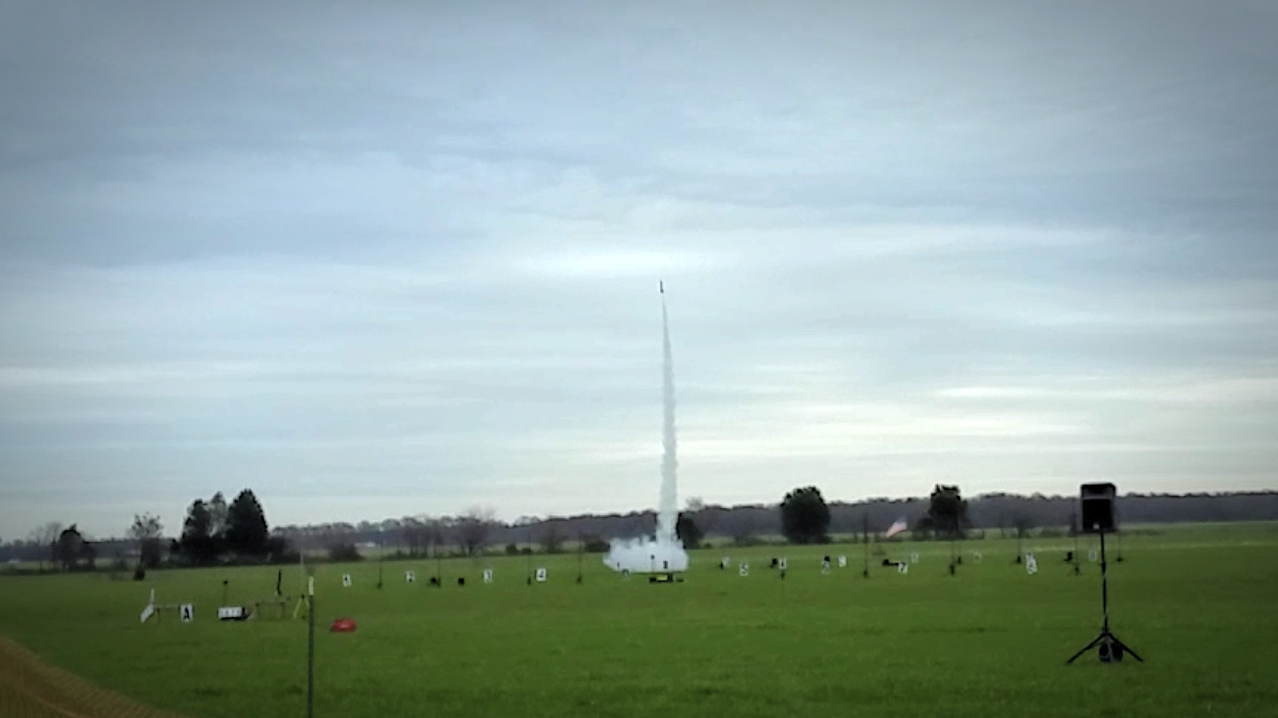
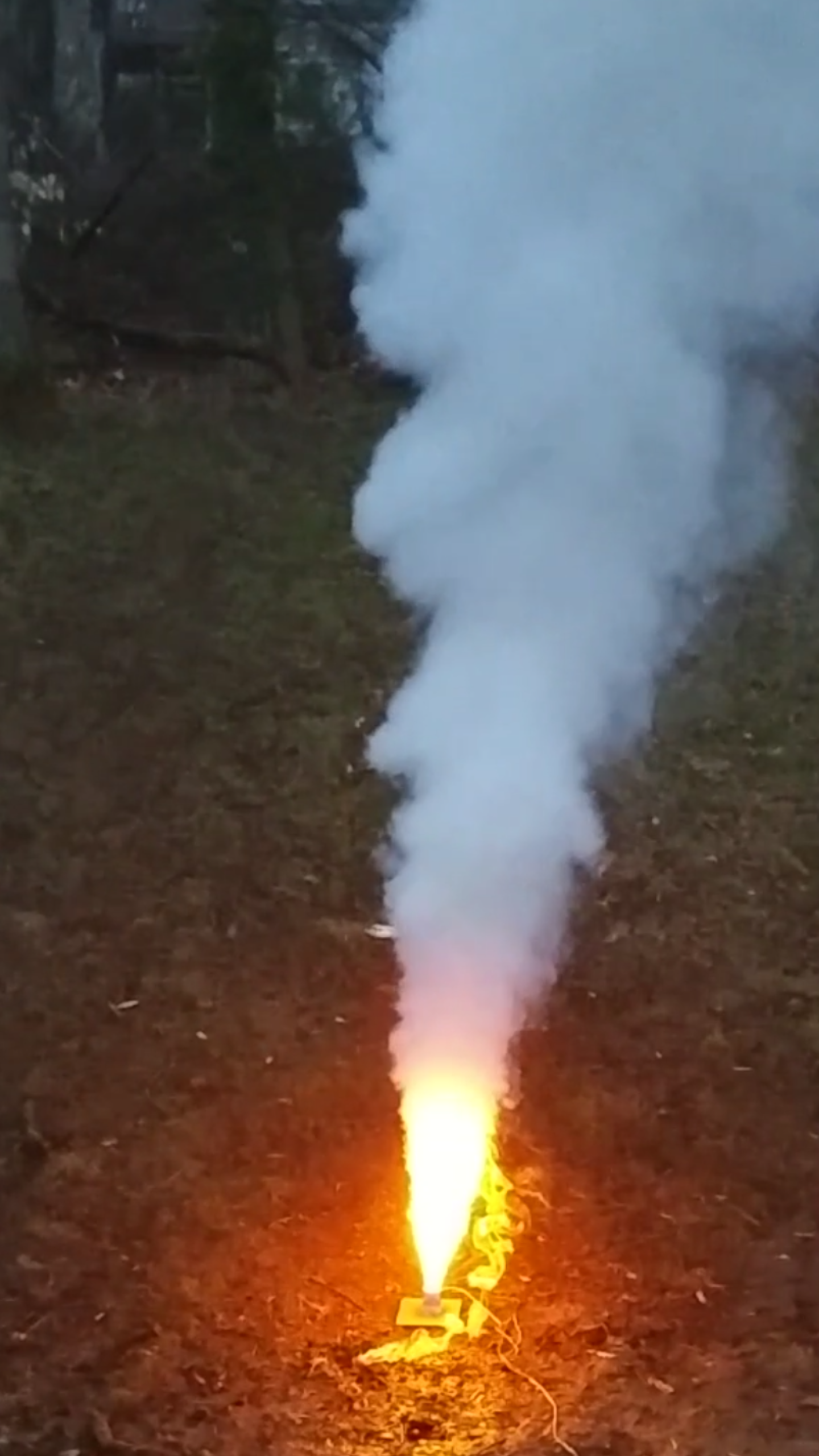
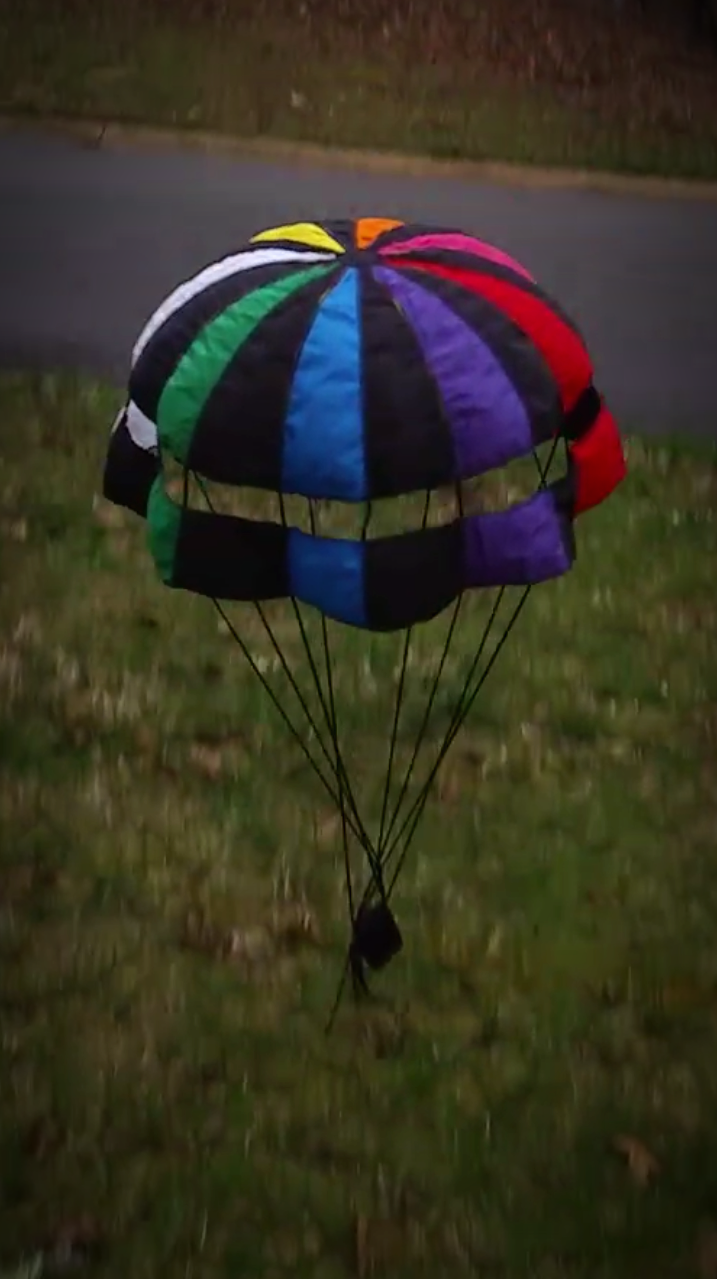

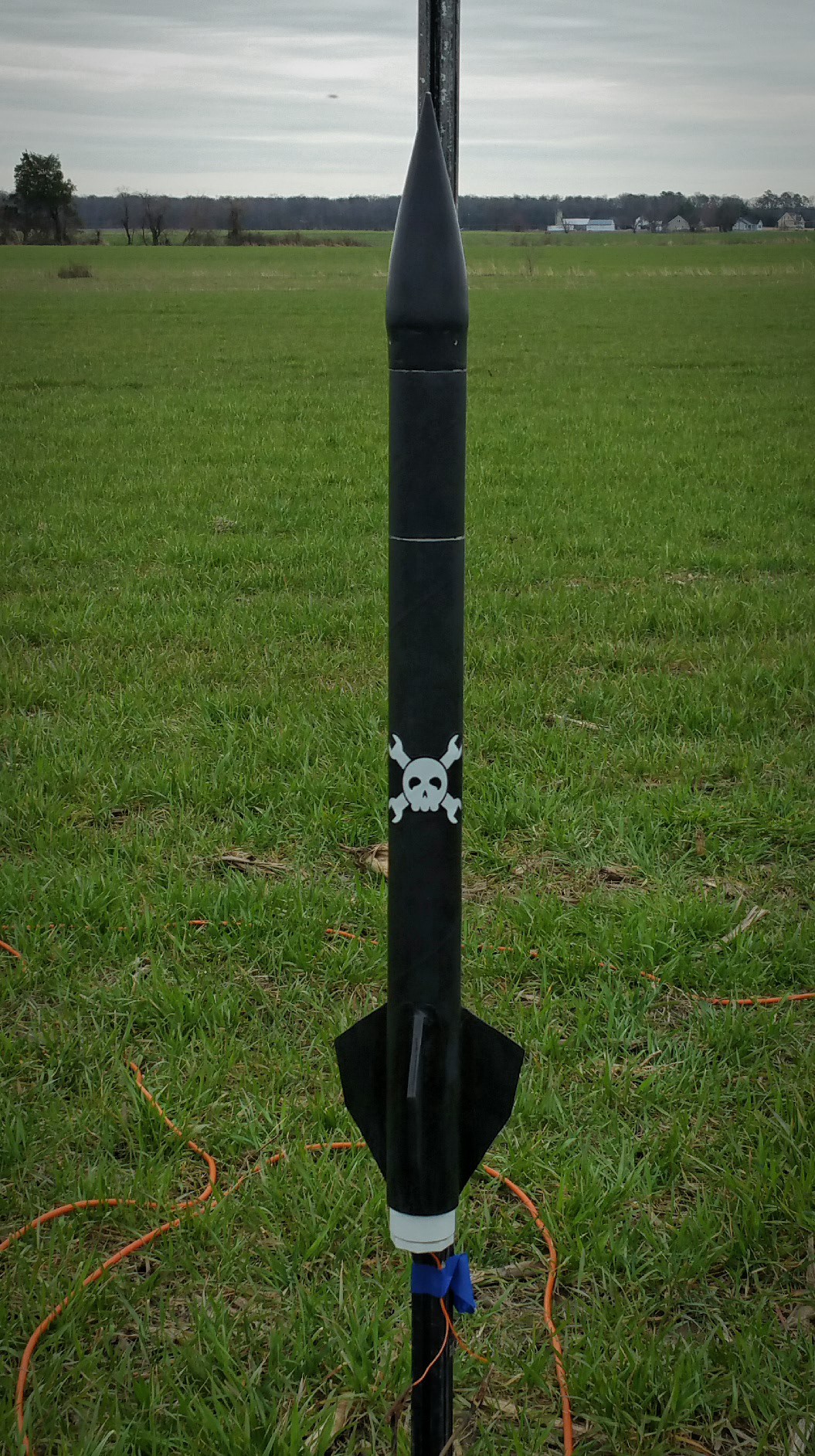

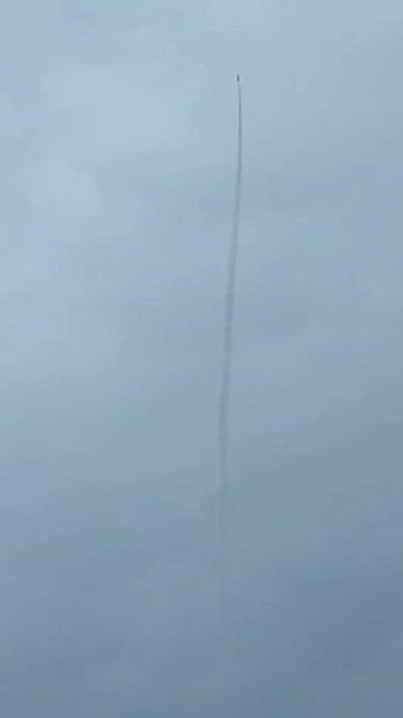
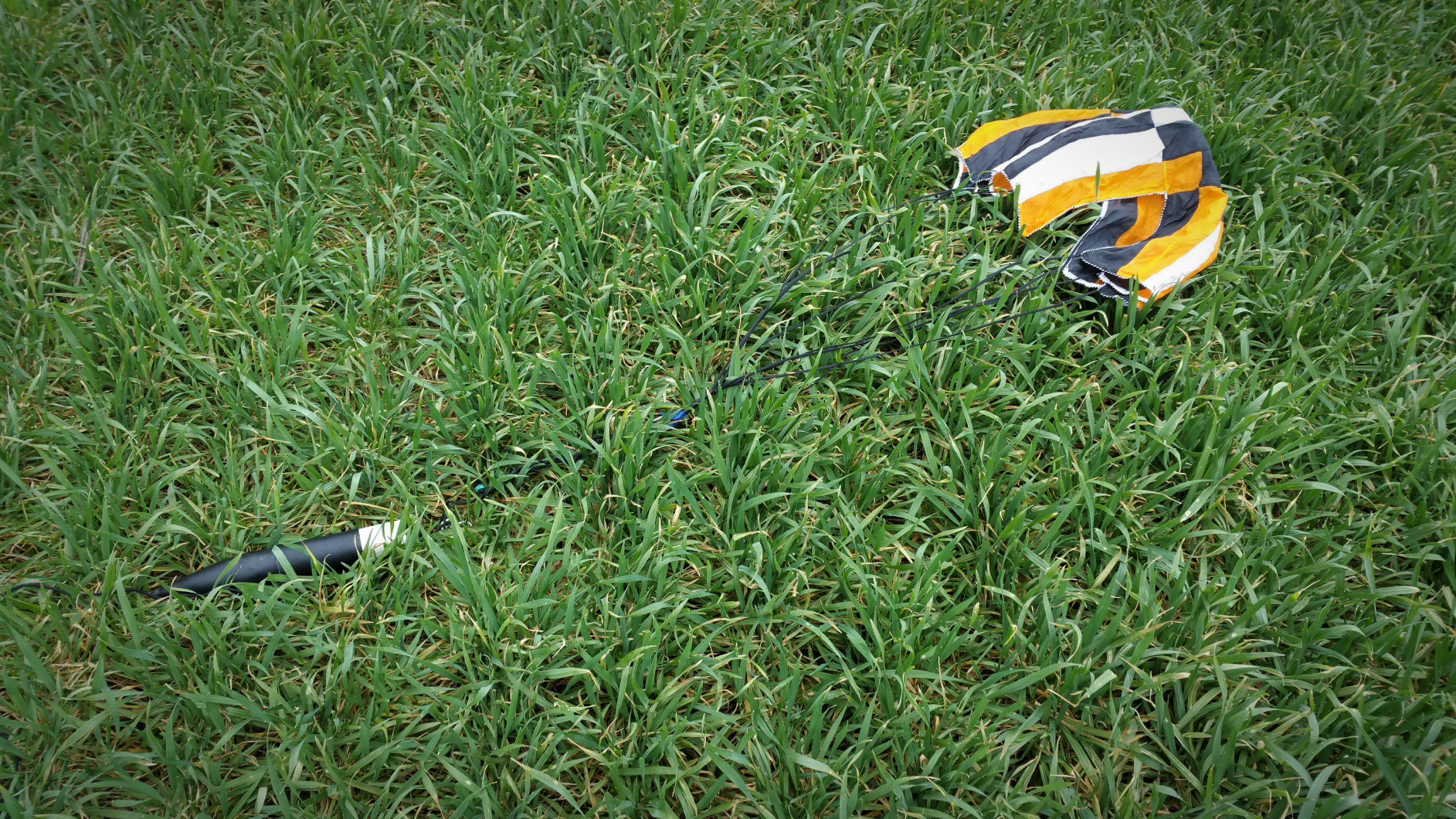
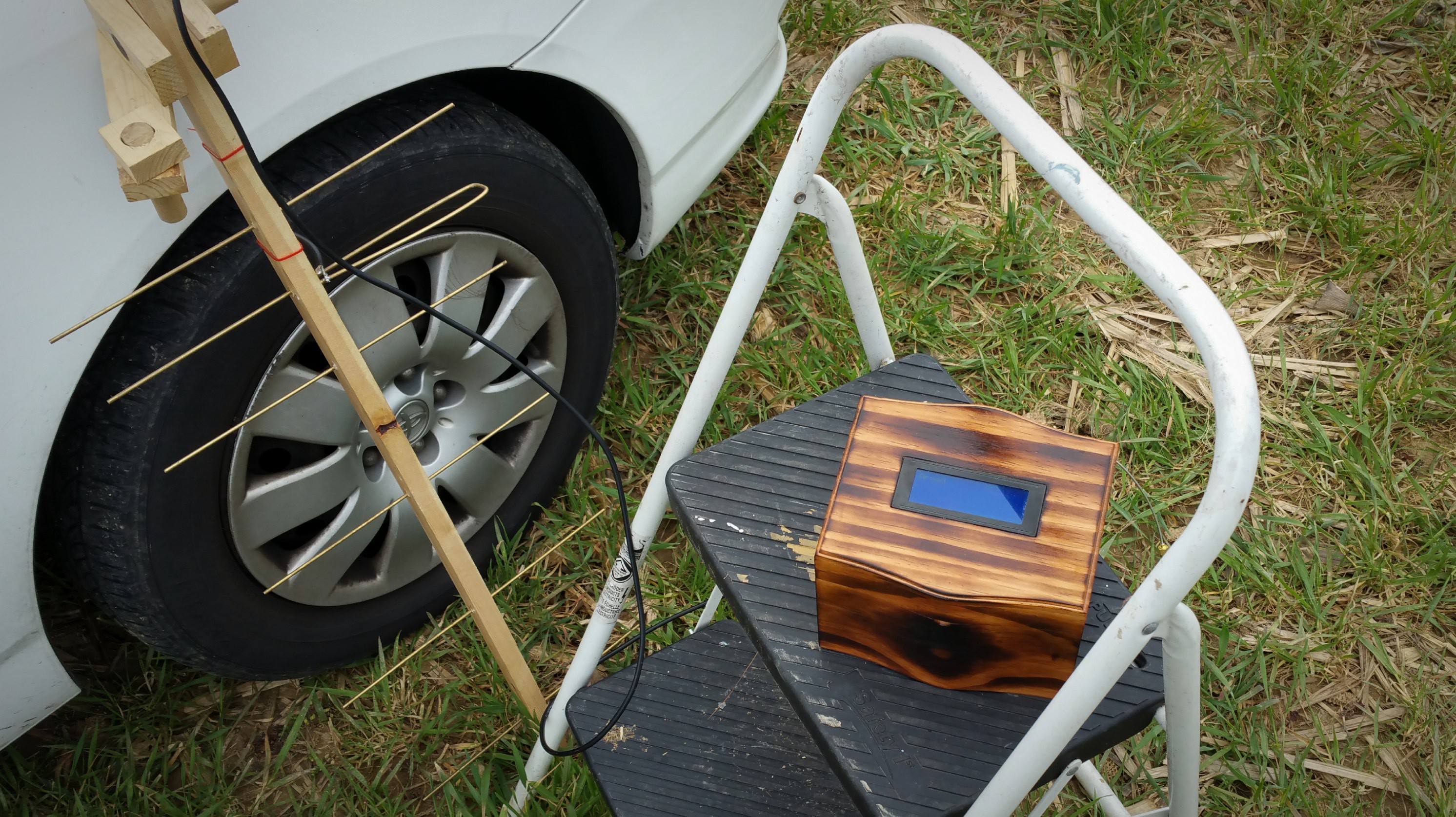
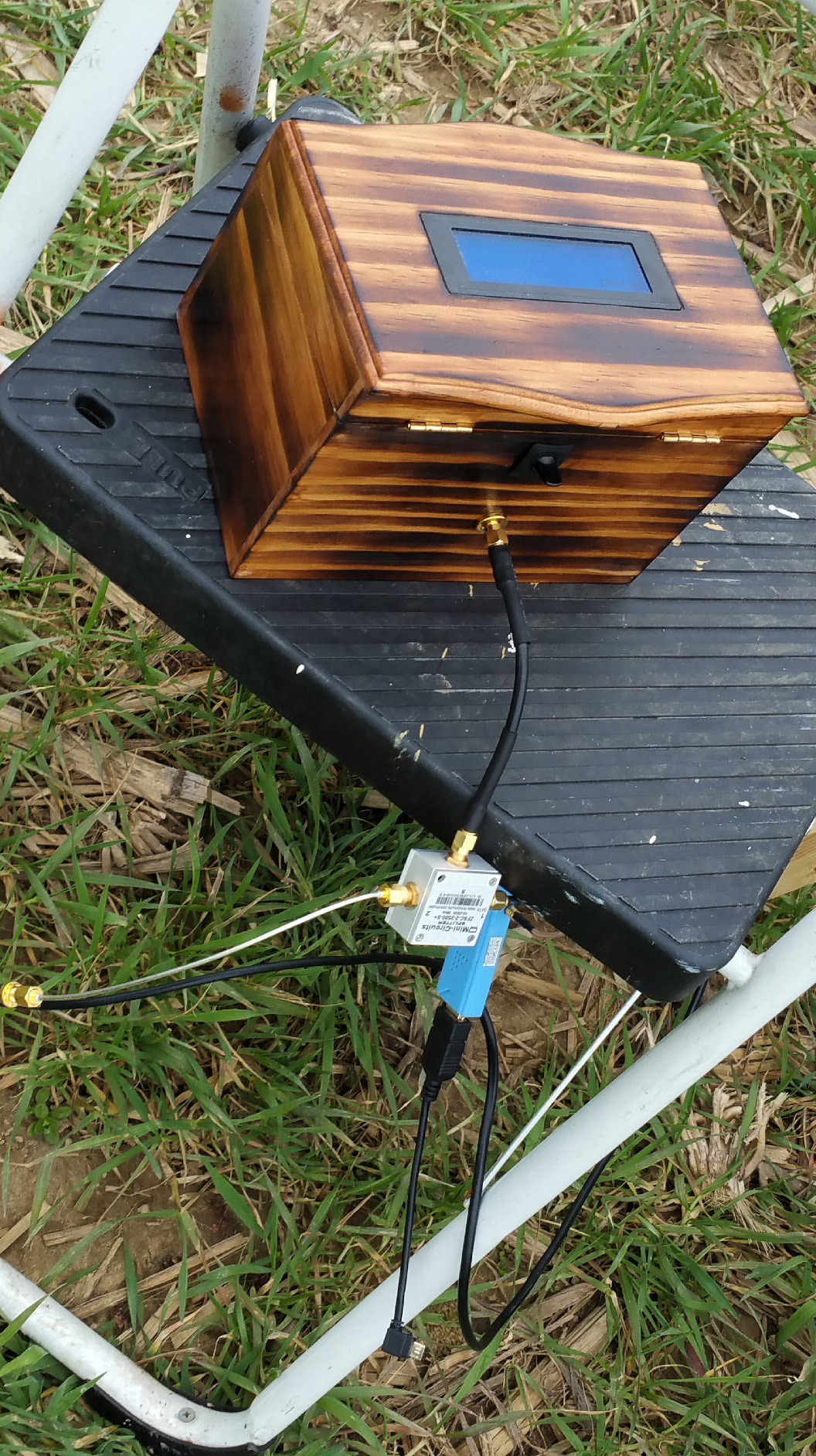
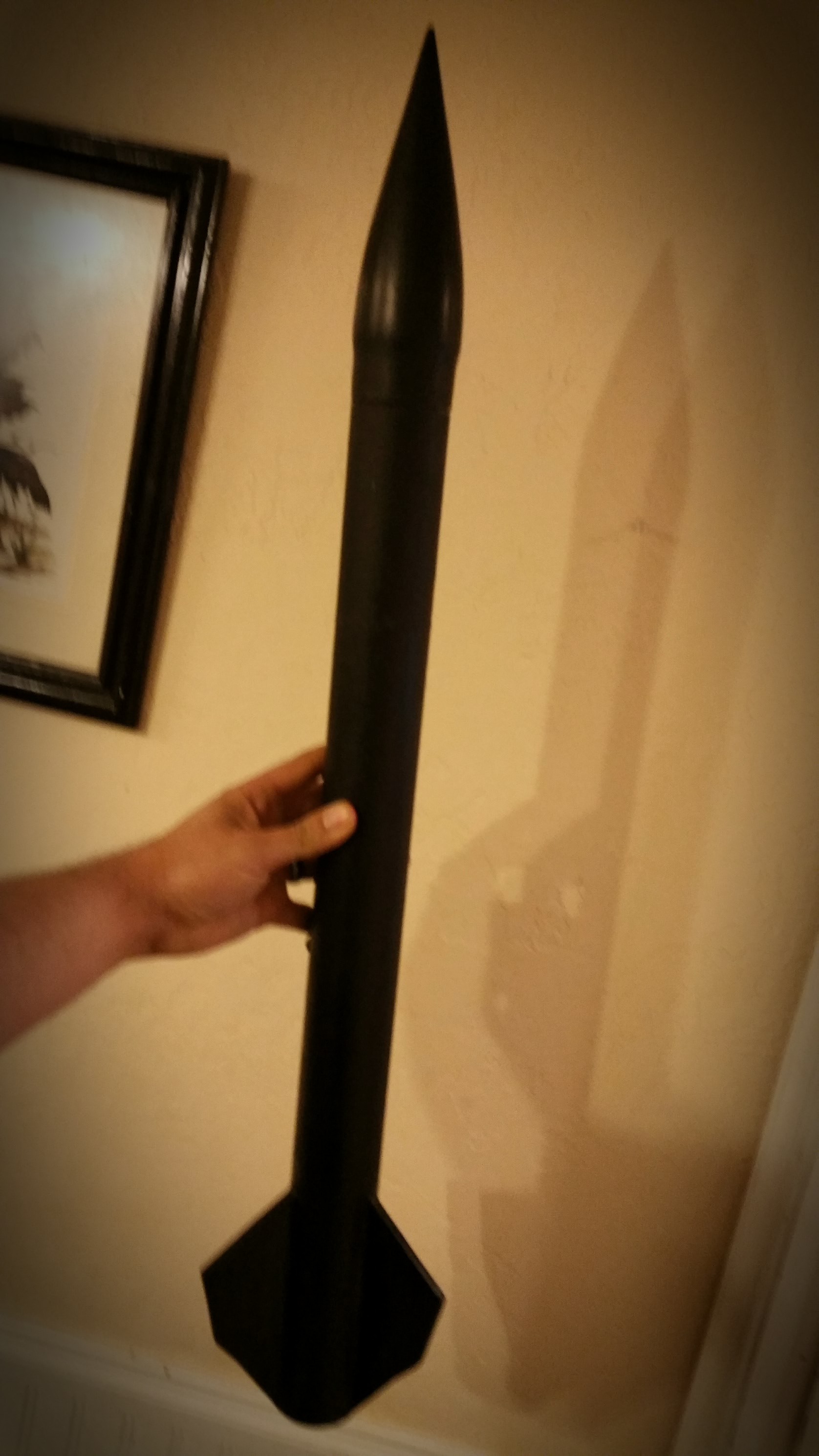

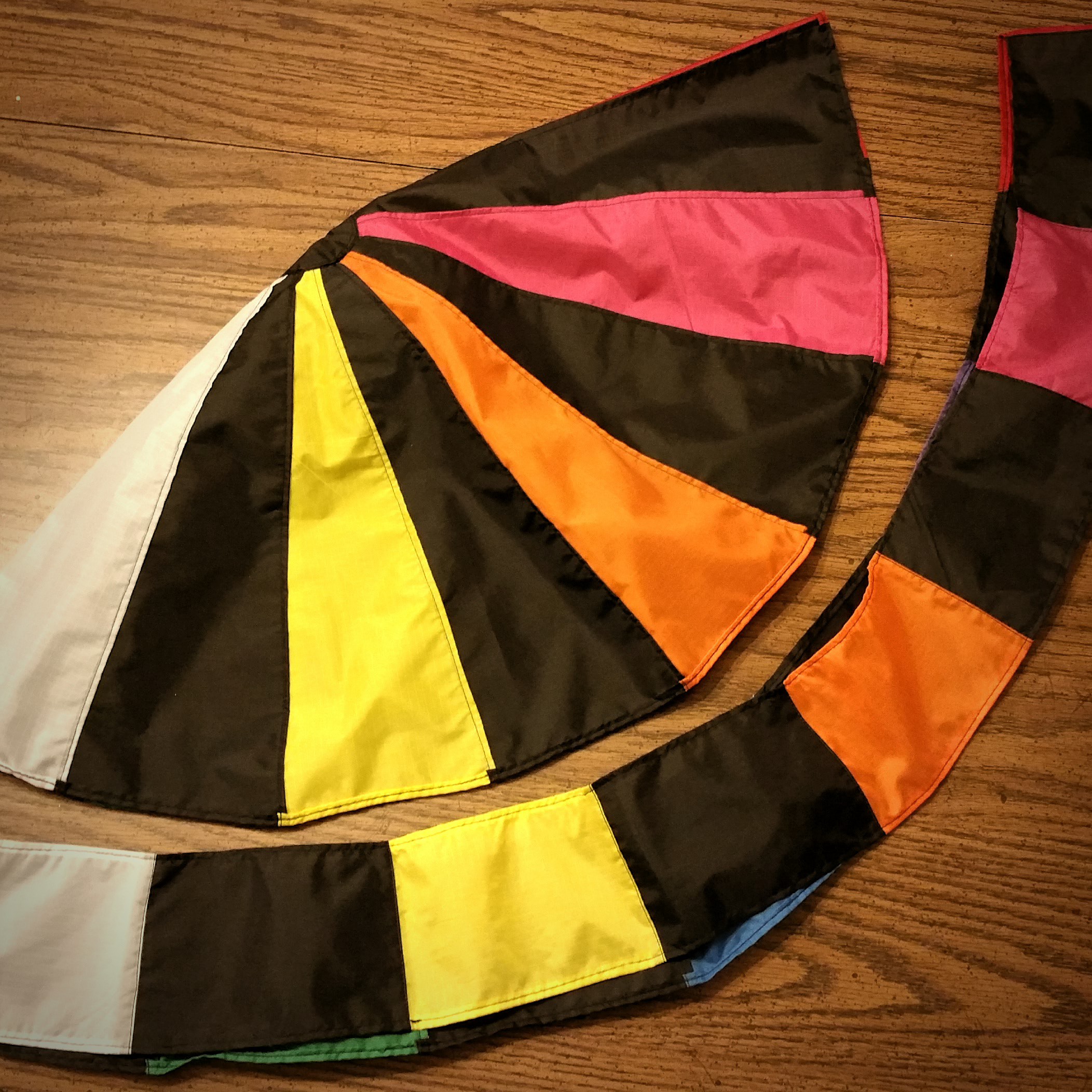




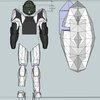


 risknc
risknc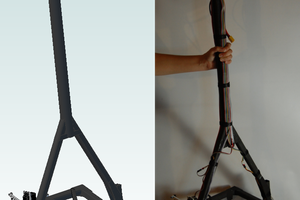
 zakqwy
zakqwy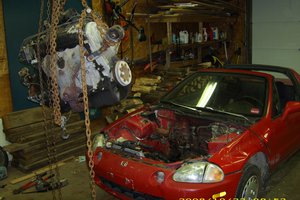
 James Hobson
James Hobson
 Sean S Con
Sean S Con
wonderful page & good idea .. thanks a lote
medosonson